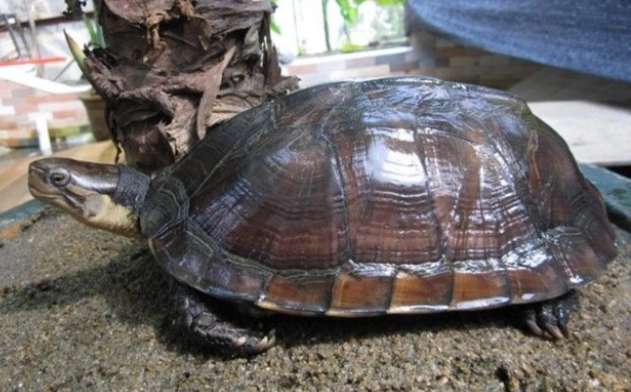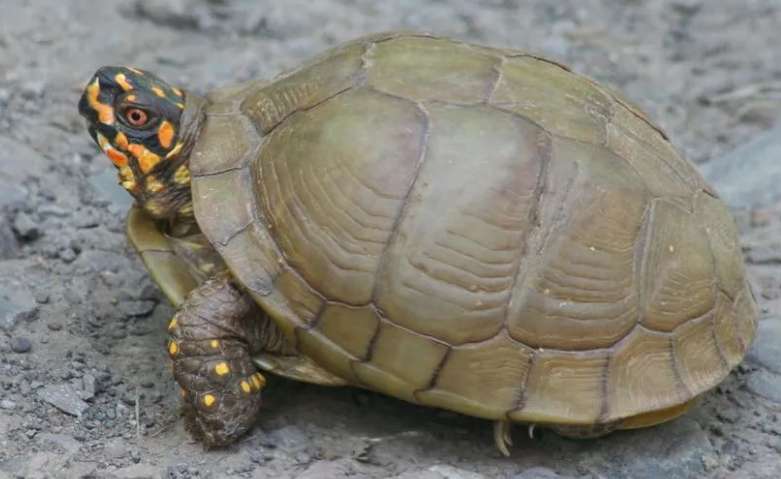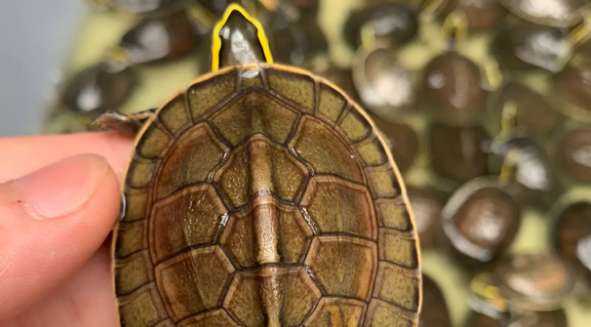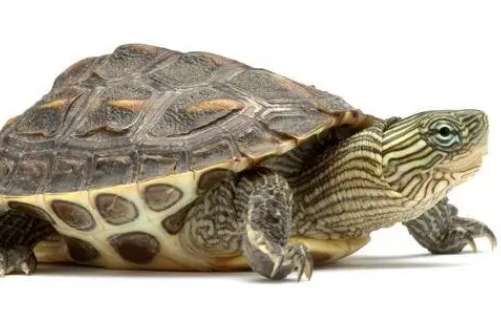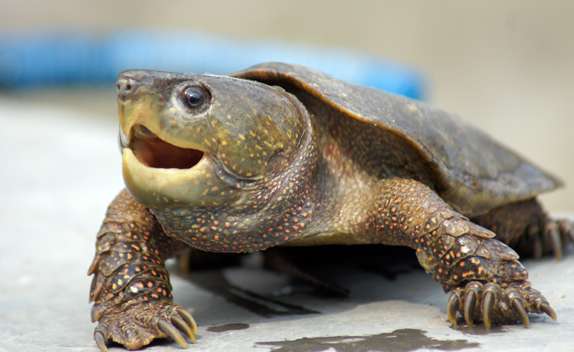The Brazilian turtle is native to the Americas and is a semi-aquatic turtle. The Brazilian turtle is very distinctive. It has red and vertical light green stripes on its head, a dark green back with regular geometric patterns, a circumferential skirt that looks like butterfly wings, and yellow, white, and black inscriptions on its belly. Patterns, and every Brazilian turtle is different. However, sometimes Brazilian turtles will peel off their skin. What should you do and what should you pay attention to?
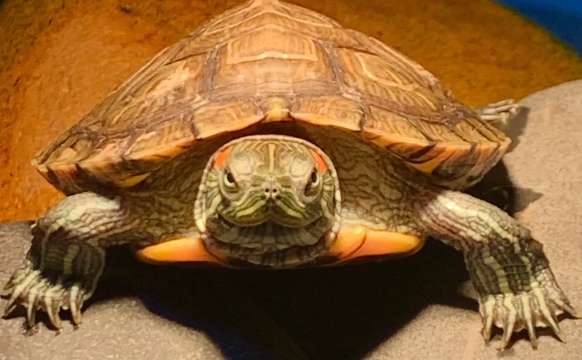
Under normal circumstances, it is normal for the Brazilian turtle to shed its skin, which also means that it is growing. Turtles shed their skin and shell every year like snakes, but when they are over 6 years old, they will start to shed less and will only thicken their shells. Note that after hibernation, there are soft flakes floating on the hands and feet in the water, which means peeling.
When you find floating flakes in the hands and feet of your Brazilian turtle, you can choose to use a soft toothbrush to help brush them off. Be careful not to tear them off with your hands. During the growth period, the shell pieces will fall off randomly in different parts, and the shell that comes off will range from about half a human tail nail to a piece of thumb nail.

If the Brazilian turtle has peeling disorders, such as incomplete or improper scale shedding. Be sure to treat it in time. You can try to place it in water at 25-28°C for a few hours, and then wipe it gently with gauze and metal wool. After soaking the retained skin with a softening solution such as glycerin, use tweezers to remove the eye mask, grasp the edge of the retained part, and gently tear it off from the underlying tissue.
